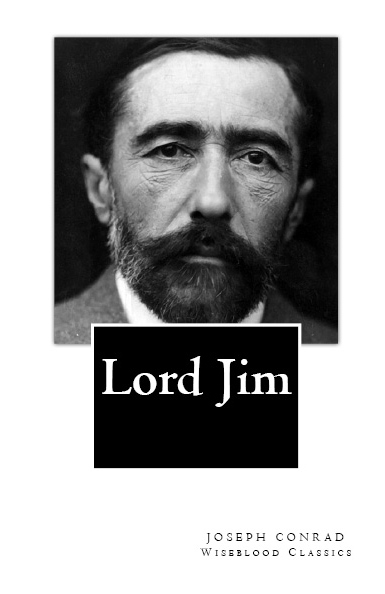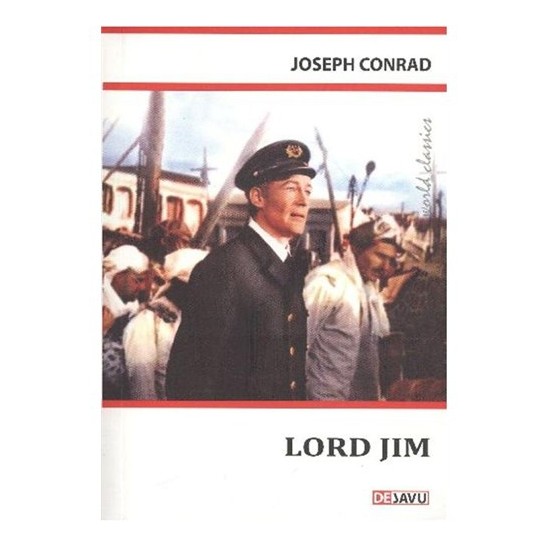

Three concluding points are, first, that Lord Jim provides a rich illustration of the close connection, at this point in the history of the novel, between changes of literary form and developments in the visual arts second, that theoretical approaches within postcolonial studies have improved our understanding of how Lord Jim is implicated in the historical processes of European colonialism and Western imperialism and, third, that while the novel’s plot is prompted by Jim’s jump from the Patna, it is the narration that makes the ethics of Lord Jim so insistent and pervasive. The chapter links the narratological analysis of Lord Jim to considerations of genre and the transition from realist to modernist fiction in European literature. Considering the novel through a narratological perspective, the chapter emphasises the role of Marlow as a character and narrator whose narrative motivation is curiously strengthened by his unconscious or semi-conscious impression that he is revealing a thematics which tends to absorb himself.

That this point applies in full measure to Lord Jim is illustrated by Conrad’s combined use of an early draft of the novel, “Tuan Jim: A Sketch,” and his memories of many voyages to the East. An ambiguous story many consider to be Conrads best work, it is a story of. Perfect for acing essays, tests, and quizzes, as well as for writing lesson plans. Learn exactly what happened in this chapter, scene, or section of Lord Jim and what it means. This chapter starts by noting that while Conrad’s fiction is a forceful reminder that no literary text is written in a historical and cultural vacuum, it also shows how elements of an author’s biography can form the basis for literary creativity. A summary of Part X (Section3) in Joseph Conrads Lord Jim.


 0 kommentar(er)
0 kommentar(er)
